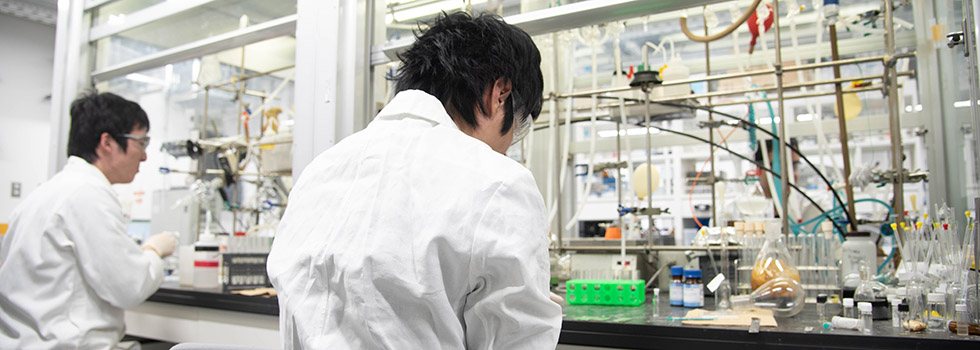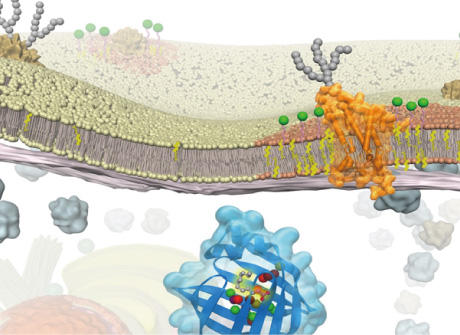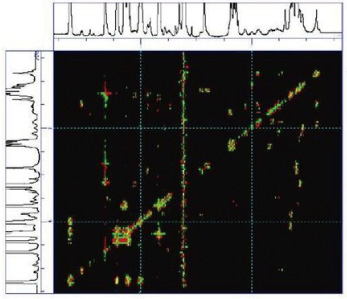
Investigation of in vivo structure and function of biomolecules such as lipids and sugar chains, which have been difficult to analyze
In organisms, many signal transduction systems link each other forming complex network. However, the mechanics of the signal transduction that occur among the involved biomolecules at the required times is still unknown. In order to solve this difficult problem, it is necessary to pay attention to biomolecules such as lipids and sugar chains, and to study the structure and function of them in the living body in detail. These biomolecules are known to serve important immunologically functions, and many research contemplating the possibility of their medical applications is now in progress. Therefore, investigation about how these biomolecules interact each other to elicit the essential functions may uncover a series of stepping-stones to new drug discoveries.
FEATURE
This is a multidisciplinary research project with mutually cooperating teams specialized in organic synthetic chemistry, glycochemistry, and instrumental analysis. The project is working to elucidate the still-unexplained functional structures of flexible biomolecules such as lipids and sugar chain, and to reveal how the biomolecules interact with proteins and elicit biological functions. Elucidation may uncover stepping stones to new drug discoveries.
RESULTS
Research progress
Elucidation of interaction mode of OSW-1 at the molecular level
We are investigating the intermolecular interaction of complex lipids and sugar chains from various organisms at the molecular level. For example, we have elucidated the cholesterol-dependent membrane action of plant saponin, OSW-1; which is a naturally occurring pre-existent plant component. OSW-1 is composed from a carbohydrate chain and a hydrophobic region known as sapogenin, thus OSW-1 can be seen as a special kind of glycolipid. We investigate the molecular action of OSW-1 to lipid membrane by using hemolysis assay and NMR measurements. The results revealed that that that OSW-1 selectively interacts with cholesterol forming a unique complex, and opens minute holes in the lipid membrane.

Further development
Interaction analysis of sphingomyelin in lipid raft, and conformation and structure analysis of lipids
Lipid rafts are microdomains of the plasma membrane, and serve for various biofunctions. Our investigation focuses on the interactions of sphingomyelin, which is the main lipid of the lipid raft, and the lipid conformation and structure. Glycolipids such as ganglioside are also present in the lipid rafts, therefore it is also necessary to elucidate the interactions between these unique glycolipids and neighboring lipids, sugar chains, and protein molecules. We hope that these lipid studies contribute to make major advances toward the elucidation of their molecular mechanisms and the functions of lipid raft formation. We also note that progress in the study of lipids of completely different organisms such as archaebacteria may serve to elucidate universal role of lipids and sugar chains that occur throughout the living world.
